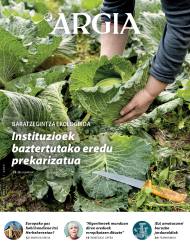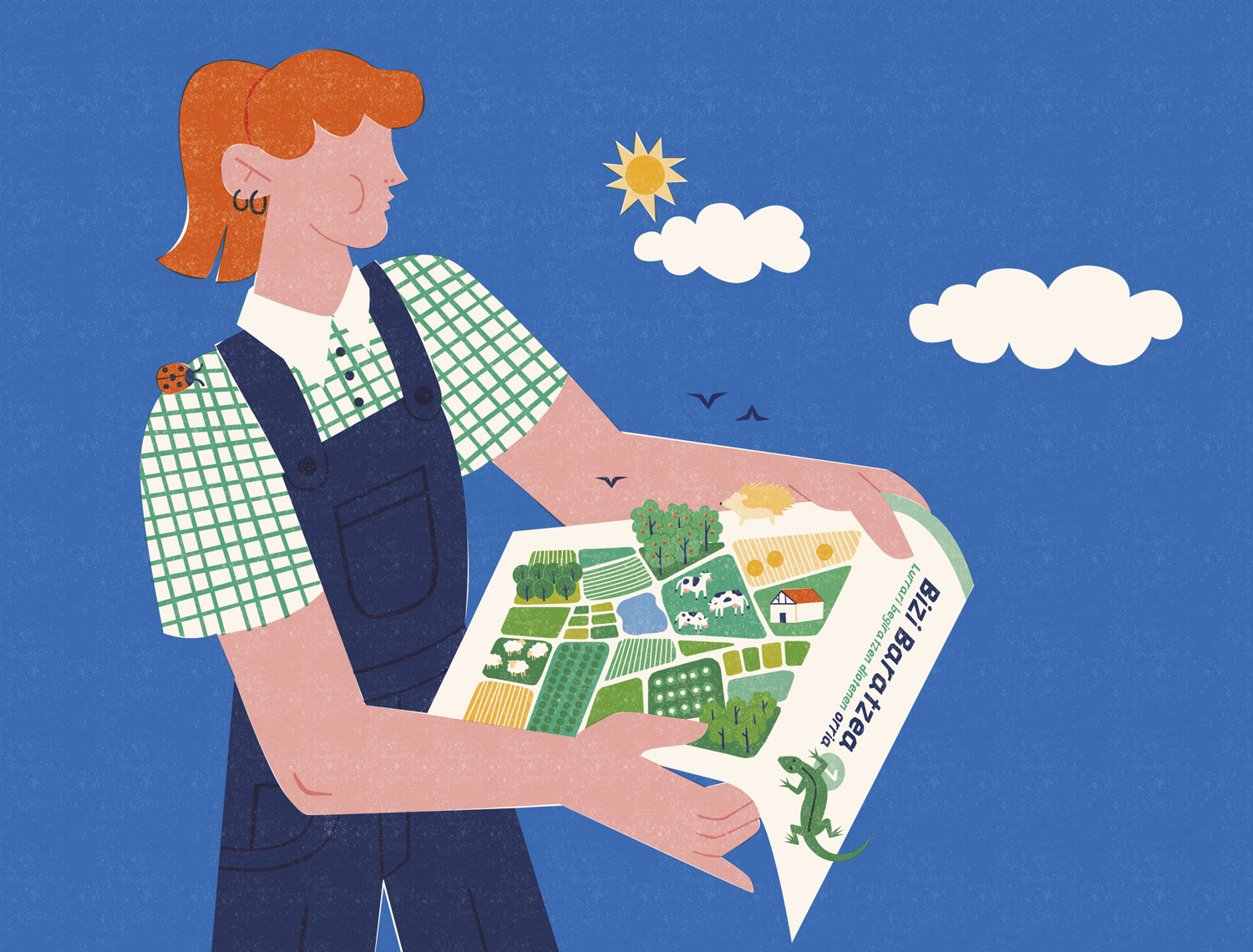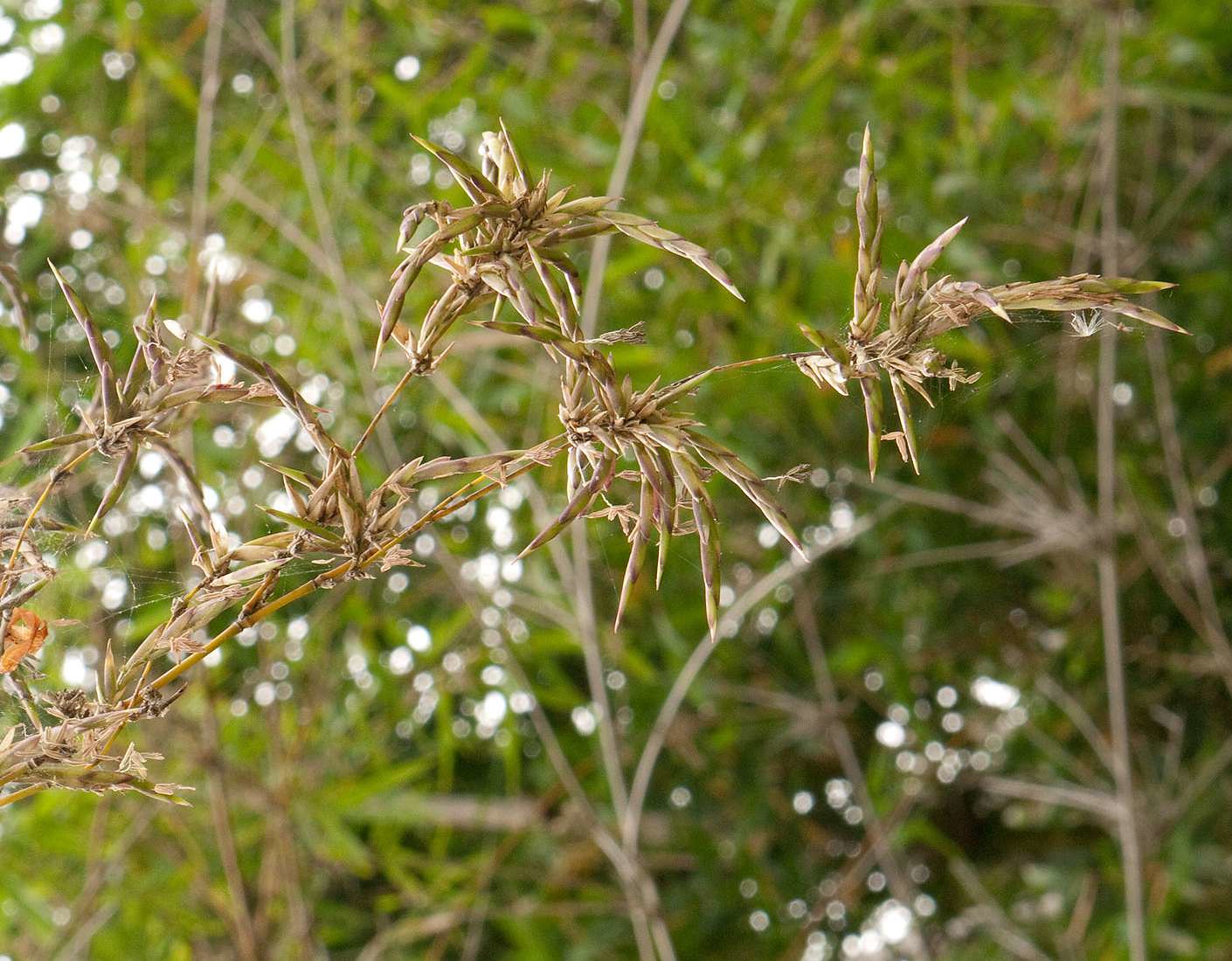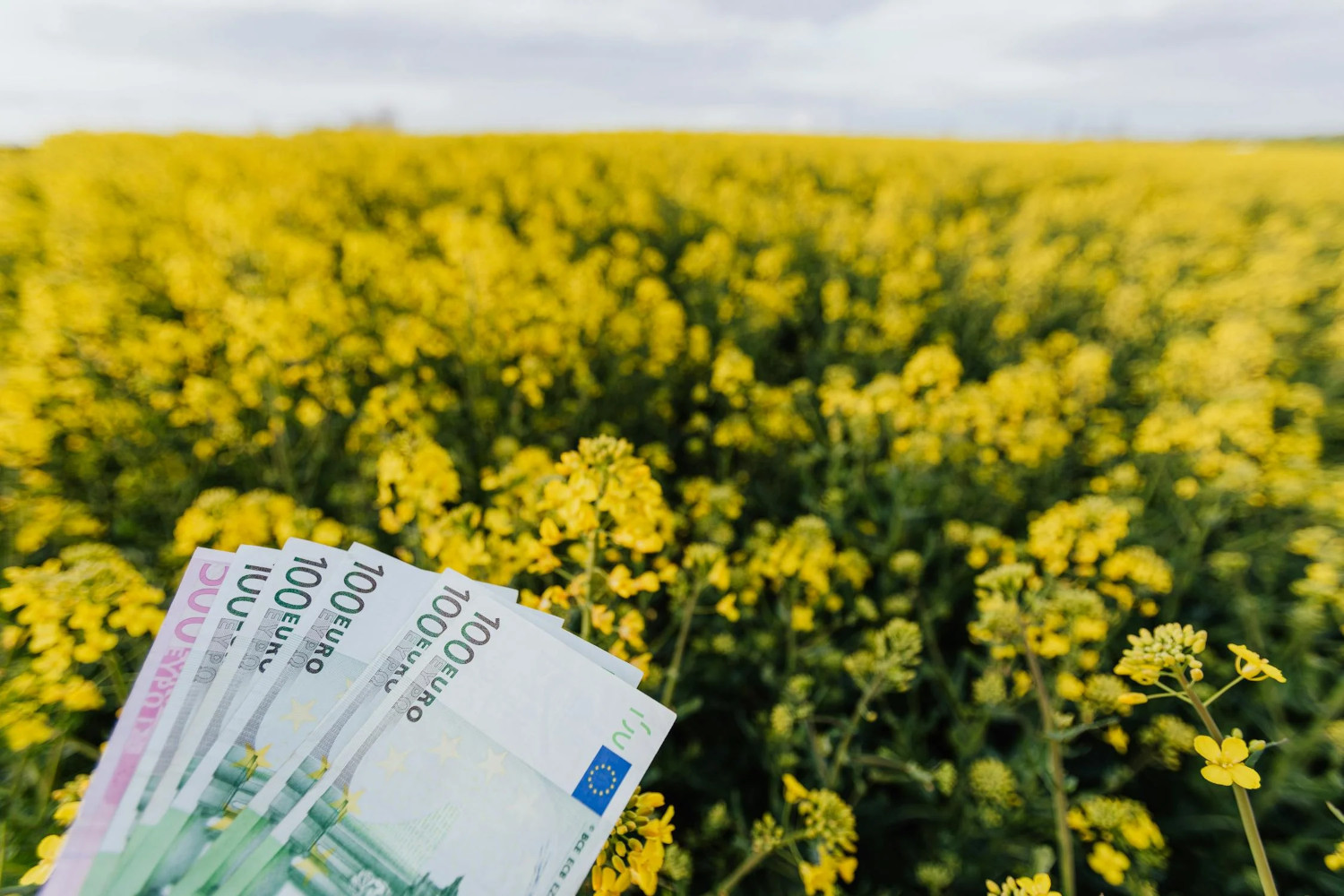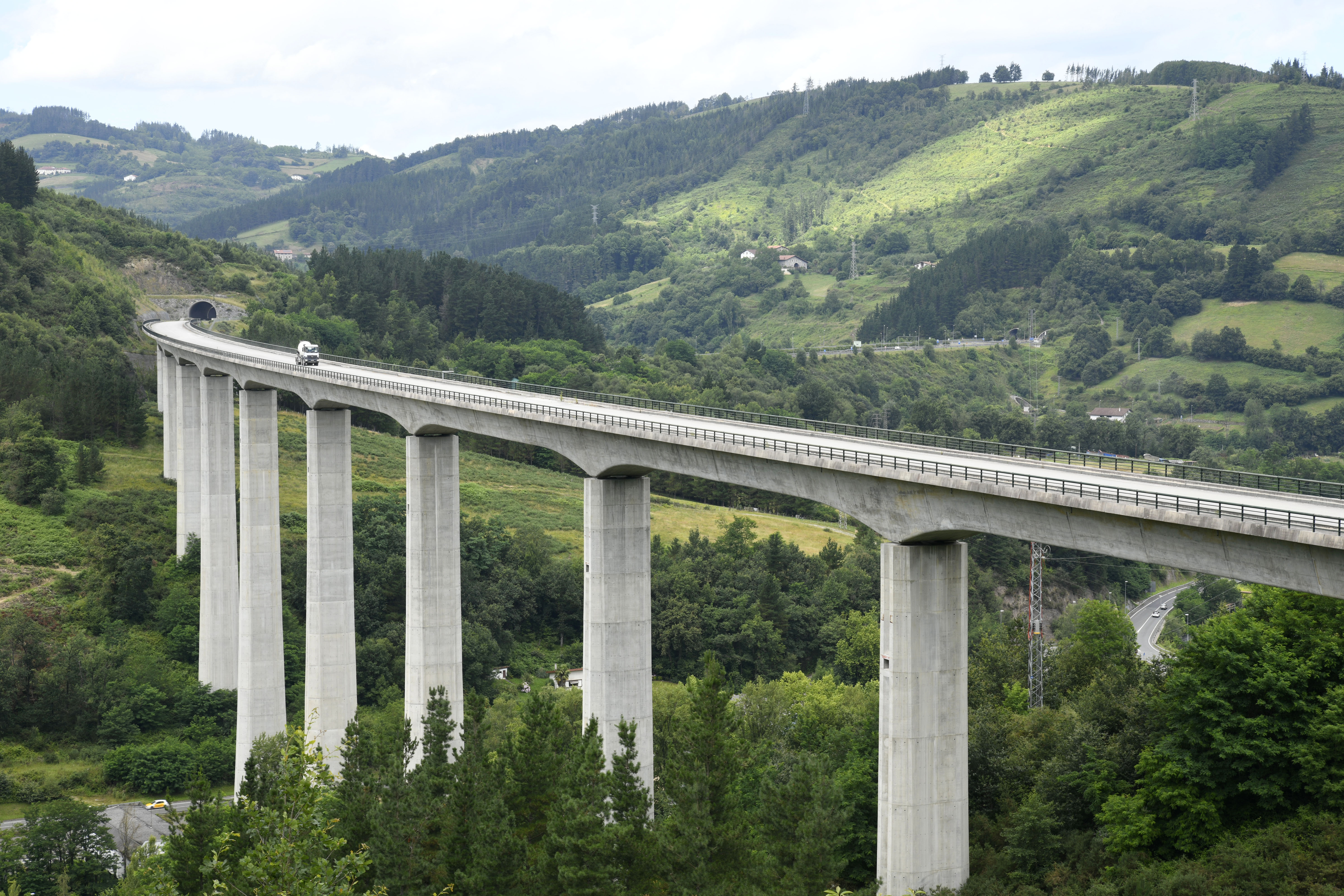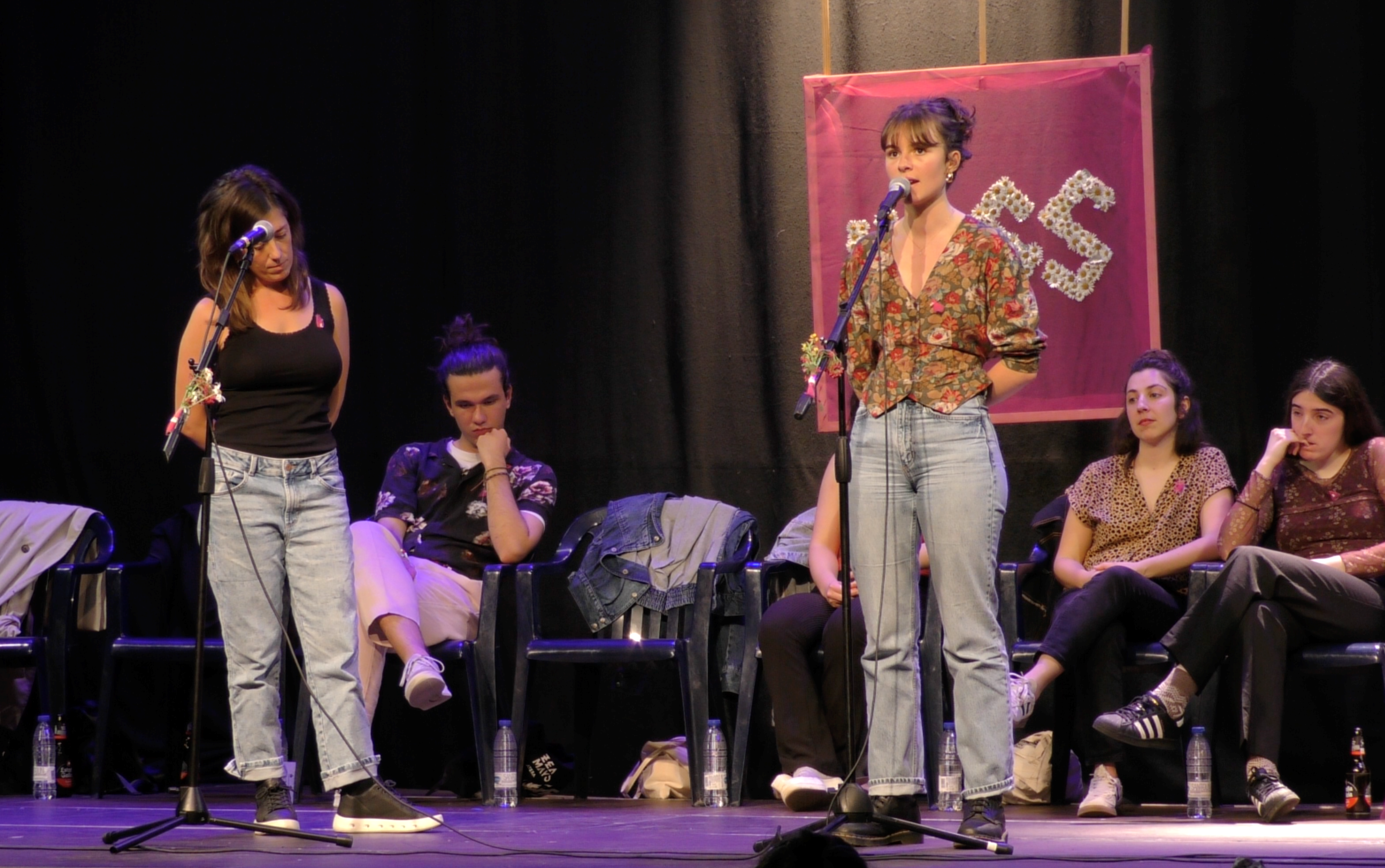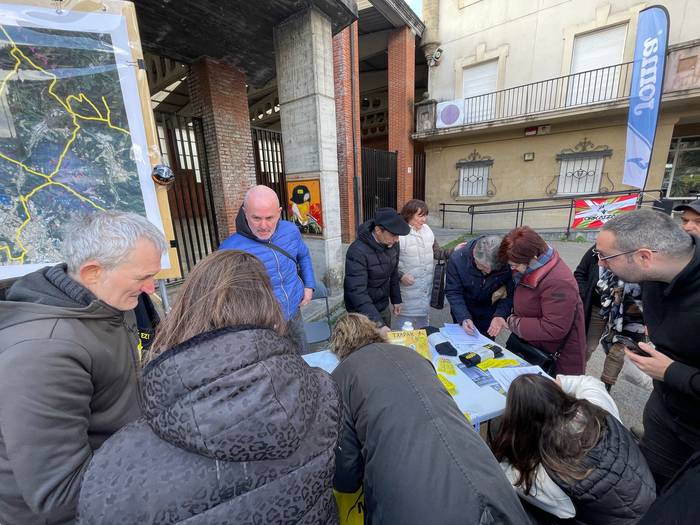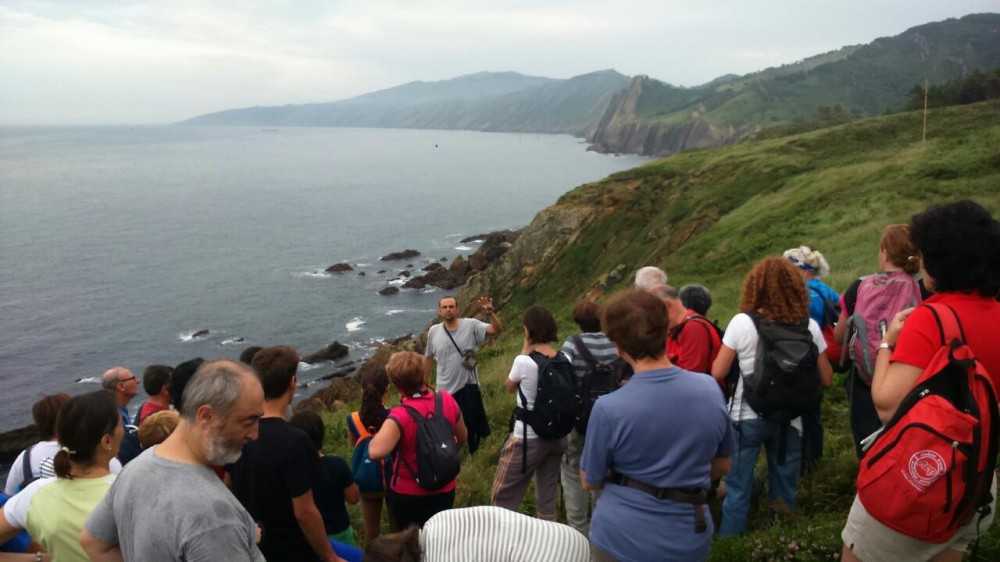Importance of close management to prevent flow closure
- The Busturialdea Water Consortium has dissolved and the Bilbao Bizkaia Water Consortium has assumed management of Busturialdea waters earlier this year. With this decision, different political groups and agents alert to the risk of water being held by multinationals and being privatised. To solve the water deficit that the region has historically had, they have advocated local management, instead of importing water by boat, as has happened in the summer drought.
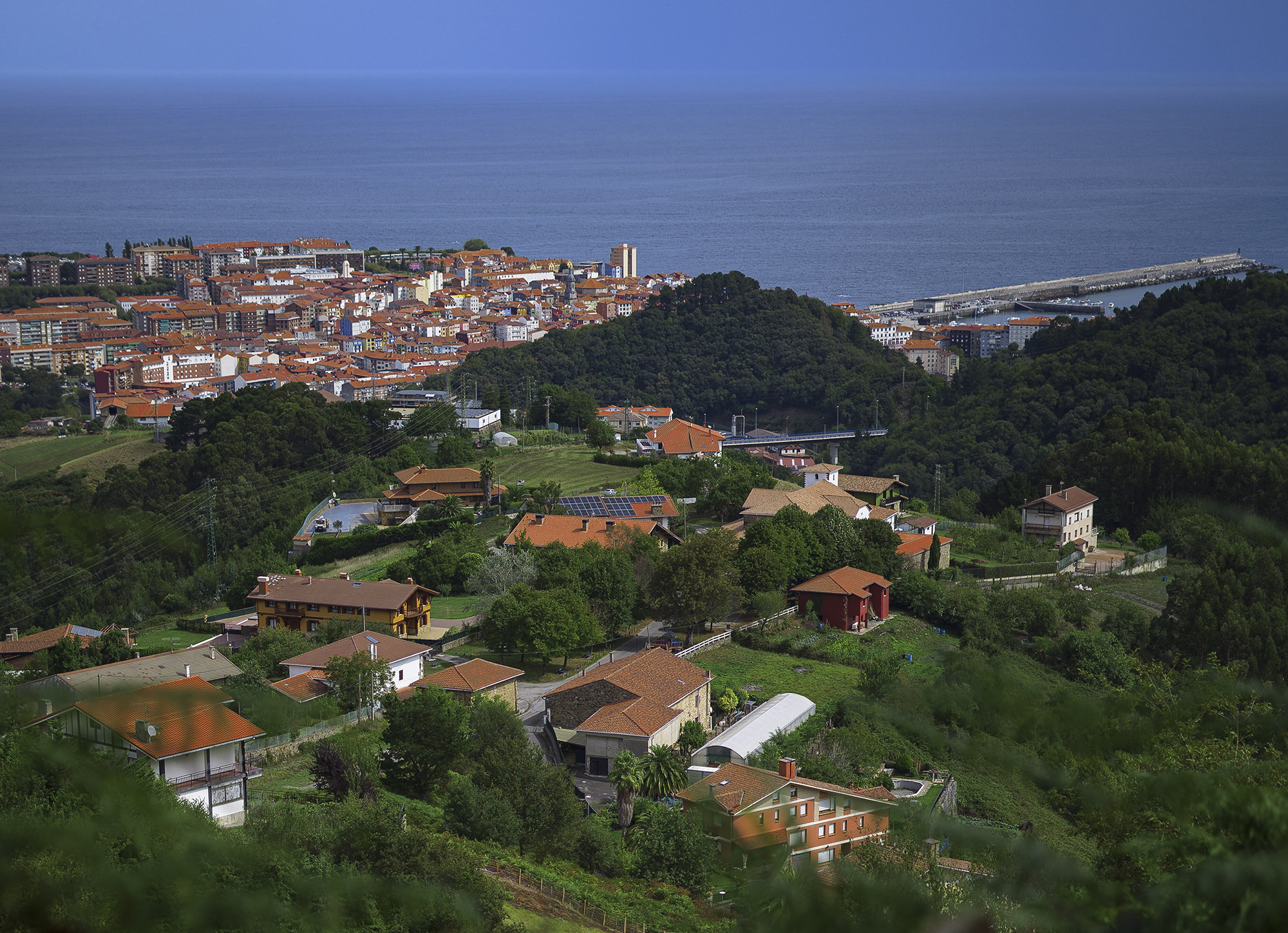
Water must be sustainable local management, as indicated by the European Union Water Framework Directive and the United Nations Organisation. On the basis of this, it is a resource to be managed as closely as possible, that is, by municipal competences. In Bizkaia, however, the advice has been ignored and the water consortia that the districts had in recent years have been dismantled. Currently, the Bilbao Bizkaia Water Consortium manages more than 95% of the water in the territory. The last to be dismantled was the Busturialdea Water Consortium (BUP).
Jon Bernat Zubiri, a member of the GUZAN municipal group in Bermeo, said that for a long time some regional authorities started to disinvest in the BUP: “2017. Since 2000 the necessary investments have not been made, the solutions agreed by all municipalities in the previous plans have not been implemented,” he says. The mayors of the PNV of the municipalities of the region who were in favor of dissolution argue that there are deficiencies in economic and technical resources. Nine of the sixteen municipalities that make up the region supported the decision.
The mayors of EH Bildu in the region oppose entry into the Bilbao Bizkaia Consortium. They do not like the current model and defend water management in the region. In the pre-dissolution legislature (2011-2015), Iratxe Arriola, president of the BUP and current mayor of the municipality of Ea, rejected the arguments of the Basque nationalists and stressed that in Busturialdea there is no lack of economic resources: “There has been a surplus of over EUR 1 million, so that more than a quarter of the budget goes to investments.” Following the dismantling of the consortium managing the Urdaibai waters, he believes that it is intended to put water management in the hands of multinationals and to do “business”.
The rest of the Busturialdea deficits, even if they carry water out,
will still be there
As for the technical means, despite the change of consortium, they consume water from the area. They have six different systems. Arriola has recognized today that, taking into account the whole system of the region, in summer there is water deficit. Indeed, according to experts, the lack of water is a structural problem in Busturialdea and cannot often be guaranteed with own resources, mainly in the summer months: Urdaibai's water supply plan shows a water deficit between 70 and 100 l/s.
One of the causes of this deficit is the industrial pollution of the fourth well of La Vega, located in Gernika-Lumo. There are 60 l/s that are not used, but that currently go directly to the sanitation network. It can be used for industrial use, street cleaning, garden watering, but drinking water is used. Meanwhile, the largest company in Busturialdea, Maier, uses every day 1,000 liters of drinking water of 12,000 liters of water consumed in the region. In addition, eucalyptus plants planted in the last two decades near water catchments decrease water uptake. There are 56 supply points along the region, but 20% of surface water is considered lost. Arriola has also stressed that for years the supply networks of the region have not been properly maintained, due to heavy leaks and water loss. In fact, the plan for the participation of the URA Agency of the Basque Government, the Provincial Council of Bizkaia and all the municipalities of the BUP of Urdaibai, unanimously approved in 2020, indicates that the systems lose an average of 40% and that, being a high figure, they need to be renewed. In the words of Arriola, they did not want to invest and wanted to bring the solution from the outside.
Zadorra connection to the system
“The repair of these pipes was the first of the measures included in the LEE plan,” says Arriola. On the contrary, the Bilbao Bizkaia Water Consortium envisages alternative solutions in the coming years. One of them would be the construction of a pipeline between Mungia and Bermeo to connect the region to the Zadorra water management system. Today the waters of the Zadorra reach Mungia. The mayor of Ea stressed that Zadorra's is the eighth and final solution to the LEE plan.
It also considers that the Zadorra system has its problems and that focusing on local resources has consequences for supplying the whole of Bizkaia. Janire Brijuesca, head of the Cabinet of Presidency and Management of the Bilbao Bizkaia Water Consortium, explains that when the own resources do not arrive, they will come to take the Zadorra as part of the Bilbao Bizkaia Water Consortium "as they do with other districts".
According to Zubiri, in recent weeks the construction of the new Guggenheim in Gernika has been considered as a condition of the supply of water from the Zadorra, arguing that deeper tourist development in the region is not possible if the drinking water capacity is not increased. In fact, current authorities point out that an additional 100 l/s is needed to boost tourism, compared with the 60-70 l/s deficit of the opposition.
Both Zubiri and Arriola are clear that these kinds of decisions have been taken more in view of economic development based on tourism than on citizenship, but warn that Busturialdea is not prepared to receive a large tourist mass: “It has been an abandoned region for years.” Thus, they consider that even if the water is brought from the outside, the rest of the deficits will remain there.

On a boat
As in all Bizkaia this summer, Busturialdea has rained less than usual and the main measure taken to secure the supply has been to bring the water by boat. Until mid-October, Dutch Spirit has been supplying drinking water to the region: The Bilbao Bizkaia Consortium has captured a water intake in the port of Santurtzi and has discharged the water in the port of Bermeo, contributing 2,000 cubic meters daily. Brijuesca has determined that through the boat 103,470 cubic meters have been introduced into the system to “drink everything”.
The water consumption of the whole of Busturialdea reaches 12,000 cubic meters per day with 2,000 daily contributions, it does not reach 8%. Bermeo employs only 4,000 cubic metres per day. Arriola points out that the ship stopped working long ago and considers that the main objective has been to achieve a media effect, which has cost EUR 1.8 million. Brijuesca has stated that the boat was necessary, but no measures have been taken to annul its own mechanisms, “they are complementary to ensure water and not harm ecological flows”. Thus, he explains that other measures were considered before the boat, such as salt water desalination, but concluded that it was not suitable for the environment. It was also planned to bring the water in trucks, and it was decided to lower the pressure of the water during the nights and ban the use of water for various activities.
It remains to be seen whether the steps to be taken in the future are on the road to privatization; at the moment, they warn that the steps taken in Canal Isabel II, antecedent years ago in Madrid have been followed.
Regarding the alternatives, Arriola talks about the possibility of reusing the well of La Vega de Gernika-Lumo. Furthermore, he considers that to supply the water deficit it is necessary to repair the pipe from Mount Oiz to Ajangiz, since the conduction "is from the time of Franco, with losses ranging from 20 l/s to 70 l/s at origin. Consider that the entire pipeline should be renovated before patching: “Only with this can 80% of the water deficit problems of Busturialdea be resolved.” Brijuesca, for its part, has argued that for ten months they have carried out maintenance work to guarantee the water in the region, repairing the pipes, adapting them to the system and analyzing the losses. Thus, 78 l/s have been recovered.
In the hands of multinationals
By comparing management models, the Bilbao Bizkaia Consortium has outsourced several relevant water multinationals to achieve their future objectives, and 60% of the workforce is intended for these multinationals. “Although the Bilbao Bizkaia team is public, construction and management works are carried out by large companies. He has no employees for it,” Arriola said.
Nor is it economically clear that the new management is better. The annual budget of the PMU was EUR 6-7 million. Bilbao Bizkaia exceeds 200 for the entire territory. If the amount per inhabitant is calculated, Busturialdea was above the Bizkaia average. Moreover, the BUP has had stable public staff on the team, without subcontracting in multinationals. Bilbao Bizkaia manages the pipeline through Udal Sarea, S.A. and uses large infrastructures on the economic scales, for which it has received EUR 150 million in recent years.
In the prologue to privatization, the opponents of this model stress that the public is getting worse: “If Bilbao Bizkaia worked in a decentralized way and by basin it could be very efficient, but the current model is not sustainable,” says Arriola. It remains to be seen whether the steps to be taken in the future are on the road to privatization; at the moment, they warn that the steps taken in Canal Isabel II, a history of years ago in Madrid have been followed. And in view of this, they have considered it essential to manage proximity and citizen participation in order not to run out of the local water that is a basic resource.
Gaur abiatu da Bizi Baratzea Orrian kide egiteko kanpaina. Urtaro bakoitzean kaleratuko den aldizkari berezi honek Lurrari buruzko jakintza praktikoa eta gaurkotasuneko gaiak jorratuko ditu, formato oso berezian: poster handi bat izango du ardatz eta tolestu ahala beste... [+]
Noizbait. Noiz izan ote zen? Noizbait landareren batek lorea egitea erabaki zuen. Bai, bai, landareek ere erabakiak hartzen dituzte, eta guk maiz ez bezala, erabakiak bete egiten dituzte. Eta loreak sortu zituzten.
Iruñean bizi ziren Iñaki Zoko Lamarka eta Andoni Arizkuren Eseberri gazteak, baina familiaren herriarekin, Otsagabiarekin, lotura estua zuten biek betidanik. “Lehen, asteburuetan eta udan etortzen ginen eta duela urte batzuk bizitzera etorri ginen”, dio... [+]
Katalanen ustetan artzainak engainatzen omen ditu hegazti honek: “enganyapastors”. Espainiar eta latindarrek, aldiz, ahuntzari esnea kentzen diola diote, hortik datorkio hain zuzen ere izen zientifikoan (Caprimulgus europaeus) islatzen den caprimulgus (capra... [+]
Euskal Herri mailan txikitik handira agroekologia sustatzen duten zenbait elkarte eta kooperatiba ataka larrian daude, finantziazio iturriak bertan behera geratu ostean. Erakunde publikoetatik, berriz, elikadura negozio gisa ikusten duten proiektuen aldeko apustu irmoa nabari... [+]
Josu Estarrona EH Bilduko Arabako senatariak egindako galderari erantzun dio Espainiako Sustapen Ministerioak, eta hor berretsi du Ezkioko aukera zailtasunez beteta dagoela.
Festa egiteko musika eta kontzertu eskaintza ez ezik, erakusketak, hitzaldiak, zine eta antzerki ikuskizunak eta zientoka ekintza kultural antolatu dituzte eragile ugarik Martxoaren 8aren bueltarako. Artikulu honetan, bilduma moduan, zokorrak gisa miatuko ditugu Euskal Herriko... [+]
Laudion, Aiaran eta Okondon izango du eragina energia azpiegiturak eta plataformaren aburuz, proiektuak eta ingurumen-inpaktuaren azterketak gabezia garrantzitsuak dituzte.
Andeetako Altiplanoan, qocha deituriko aintzirak sortzen hasi dira inken antzinako teknikak erabilita, aldaketa klimatikoari eta sikateei aurre egiteko. Ura “erein eta uztatzea” esaten diote: ura lurrean infiltratzen da eta horrek bizia ekartzen dio inguruari. Peruko... [+]
Satorralaia plataformak Donostiako Metroaren Mirakontxa-Easo zatiko lanek “%164ko gainkostua” izan dutela salatu zuen joan den astean, eta, horren harira, EH Bilduk gainkostu hori argitzeko eskatu du, Eusko Legebiltzarrean erregistratutako galdera sorta baten bidez.
Agintari gutxik aitortzen dute publikoki, disimulurik eta konplexurik gabe, multinazional kutsatzaileen alde daudela. Nahiago izaten dute enpresa horien aurpegi berdea babestu, “planetaren alde” lan egiten ari direla harro azpimarratu, eta kutsadura eta marroiz... [+]
Mendizale batek asteburuan ikusi du animalia Lapurdiko Azkaine herrian, eta otsoa dela baieztatu du Pirinio Atlantikoetako Prefeturak. ELB lurraldean "harraparien presentziaren kontra" agertu da.
Elkarretaratzea egin zuen Aiaraldeko Mendiak Bizirik plataformak atzo Laudioko Lamuza plazan, Mugagabe Trail Lasterketaren testuinguruan.









